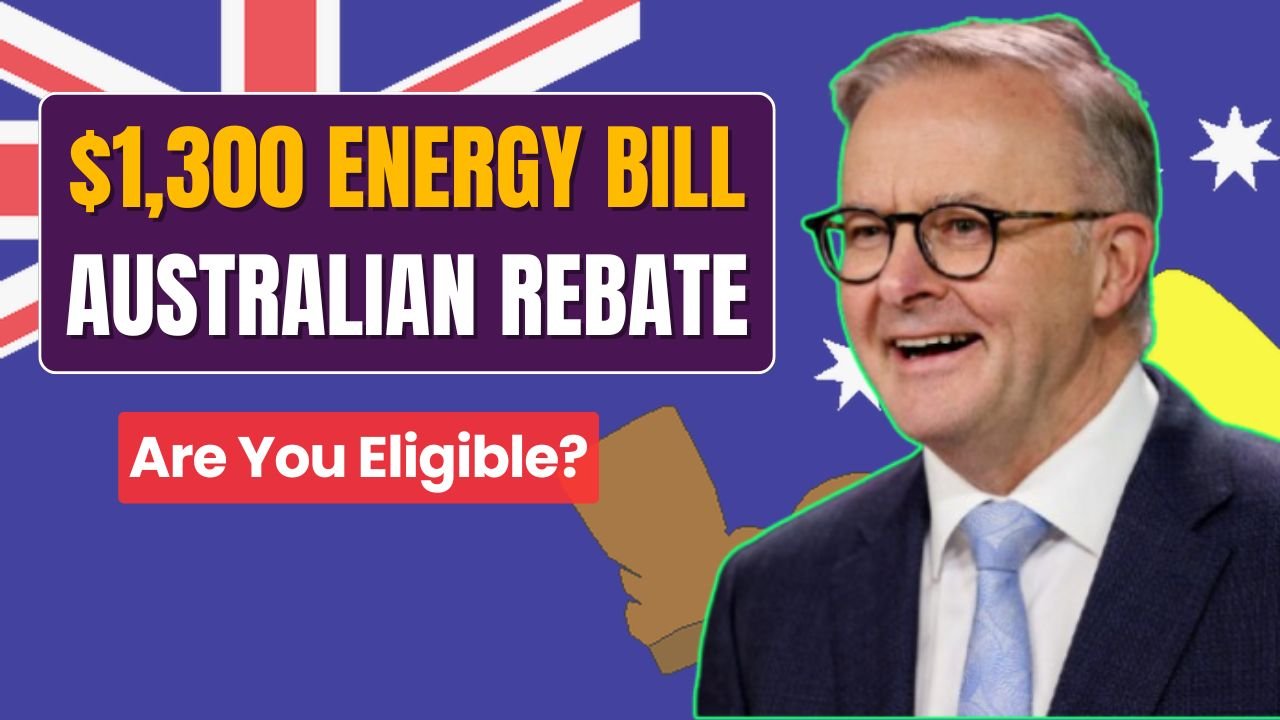By 2025, Australian households can look forward to a very generous energy rebate program, which will see some households enjoying up to $1,300 in rebates altogether. This new program, implemented jointly by both federal and state governments, works toward lightening the load of soaring electricity costs and holds families and small businesses up through a fairly tough economic season. Here is everything you need to know.
Energy Bill Relief Fund Overview
The Federal Government is extending the Energy Bill Relief Fund for the 2024-25 financial year by an amount of $3.5 billion. This extension follows the amount of $1.5 billion the government has paid out in 2023-24. The aim is to relieve income levels of people from living costs increases, reduction that is ultimately connected to electricity bills.
Rebate at the Federal Level
Every Australian who has an active electricity account will automatically receive an amount of $300 as rebate. This $300 would be paid over to households in four payments of $75, starting 1 July, 2024. The households concerned will not need to apply for the amount because the rebate would go directly into the households’ electricity bills.
State-wise Rebates
Apart from the federal rebate, some states have announced additional support under their state programs. A Queensland household will receive an additional $1,000, thereby bringing the total up to $1,300 on top of the federal $300. The state rebate will be prefunded while the federal contribution will take the form of quarterly payments.
In Western Australia, total support to this state is extended to $700 for each household following the provision of a further rebate of $400.
Eligibility Criteria
The only requirement for federal rebates is that households must have an electricity account connected to the grid. This will also include those households living in the external territories. Some may have other eligibility criteria for state-specific rebates, for instance income thresholds or requisite concession cards. It would be wise to verify with the local state authorities for specifics of eligibility.
How to Apply
For most households, there’s nothing for them to do because rebates will be processed automatically by electricity retailers. Residents in embedded networks
for example, caravan parks, apartment complexes, or retirement communities may require applying through their relevant state or territory government to claim the rebate.
Effect on Energy Bills
Energy prices have risen sharply in recent years – at present, the average household pays about $1,800 a year for electricity. There will be a near mass elimination of those costs per ear for many households, especially those in Queensland and Western Australia, where additional state-based support will be offered.
Small Business Support
To relieve these eligible businesses, rebates of up to $325 will be available. The eligibility for rebates is mostly dependent on the consumption level of the electricity use and this would differ from state to territory. Small businesses have to consult their energy provider or local government website for confirmation on the eligibility criteria and rebate amounts.
Longer-term perspective
The Energy Bill Relief Fund is part of a more extensive strategy by the government to assist Australians to bear the brunt of increased costs of living. The short term relief this offers is supplemented with investment in long term energy solutions, renewable infrastructure and more efficient energy systems.
Summary
The $1,300 energy rebate, to be extended to Australian households in 2025, is a very timely measure in an economic climate with huge uncertainty and rising energy costs. With most automatic payments and some state government support, this initiative ensures that most Australians receive exactly the relief at the right time.




